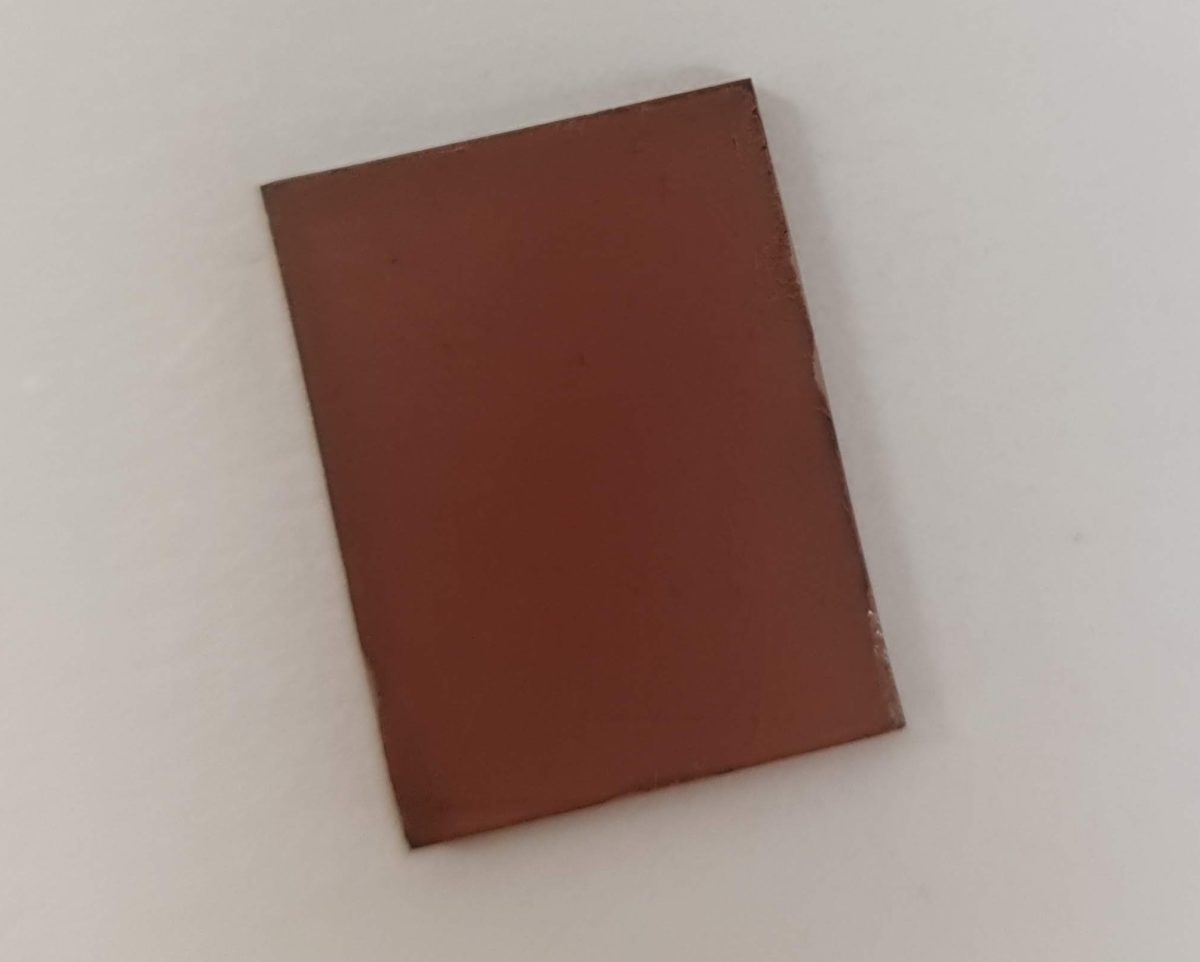Researchers at the Research Institute of Sweden (RISE) have proposed the use of gold polyiodide compounds as the active layers in monolithic solar cells.
“We are seeking to build solar cells based on non-toxic gold, which opens up other application areas, such as consumer electronics, flexible electronics and indoor applications, where the price is not always the most critical factor,” researcher told pv magazine. “These areas do not necessarily require super high efficiencies. More importantly, the ideas behind these new materials could be used as concepts for new materials and in conventional perovskites as well to possibly boost efficiencies.”
The research group proposed to use, in particular, two pseudo-2D gold polyiodide compounds known as [DodMe2S][AuI4][I3] and [Et3S][AuI4][I5], which yielded optical bandgaps of 1.40 and 1.25 eV, respectively.
“These narrow bandgaps are akin to some recently reported gold perovskite-type compounds and indicate suitability for photovoltaics,” they said.
The academics used polyiodide ionic liquids (PIL) as a precursor solution for the deposition of the compounds as thin films. They said high vacuum and high temperatures should be avoided when assembling solar-cell devices involving the above-mentioned compounds.
They built lead-free solar cells based on the two compounds as the absorber layers using a device structure consisting of a tin oxide (FTO) substrate, titanium oxide (TiO2) films, a zirconium dioxide (ZrO2) interlayer, a nickel(II) oxide hole transporting layer and a carbon electrode.
Popular content
Tested under standard illumination conditions, the champion solar cell developed by the scientists achieved a power conversion efficiency of 0.052%. “The reference measurements show that there is great potential for improvement using that device structure in ambient conditions,” Starkholm stated.
“Our work did not really include an in-depth cost analysis but one of the raw materials are based on gold, which is relatively expensive compared to the lead used in the conventional perovskite solar cells,” he added, when asked about the cell costs. “It depends a bit on the application area also, but it would likely be more expensive than the conventional ones.”
The scientists described the new perovskite cell tech in “Gold Polyiodide Hybrid Perovskite Solar Cells,” which was recently published in ACS Publications.
“The current results demonstrate a possible route toward new design strategies for lead-free, organic–inorganic complex metal-halide/polyiodide materials and the possibility of assembling stable monolithic solar-cell devices based on materials that usually are considered too sensitive to harsh processing conditions,” said the scientists.
*The article has been updated on January 12 to reflect that the cell efficiency is 0.052%.
This content is protected by copyright and may not be reused. If you want to cooperate with us and would like to reuse some of our content, please contact: editors@pv-magazine.com.



By submitting this form you agree to pv magazine using your data for the purposes of publishing your comment.
Your personal data will only be disclosed or otherwise transmitted to third parties for the purposes of spam filtering or if this is necessary for technical maintenance of the website. Any other transfer to third parties will not take place unless this is justified on the basis of applicable data protection regulations or if pv magazine is legally obliged to do so.
You may revoke this consent at any time with effect for the future, in which case your personal data will be deleted immediately. Otherwise, your data will be deleted if pv magazine has processed your request or the purpose of data storage is fulfilled.
Further information on data privacy can be found in our Data Protection Policy.